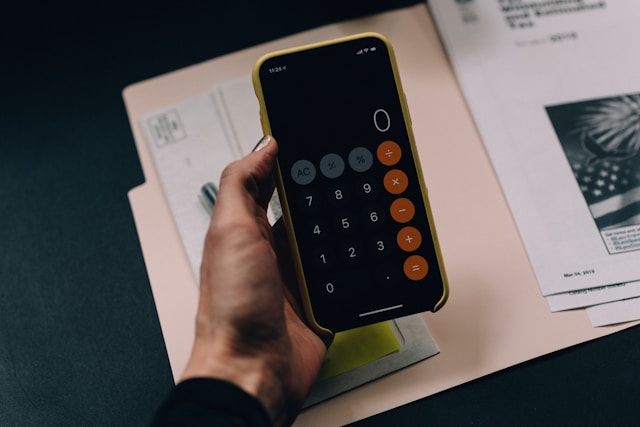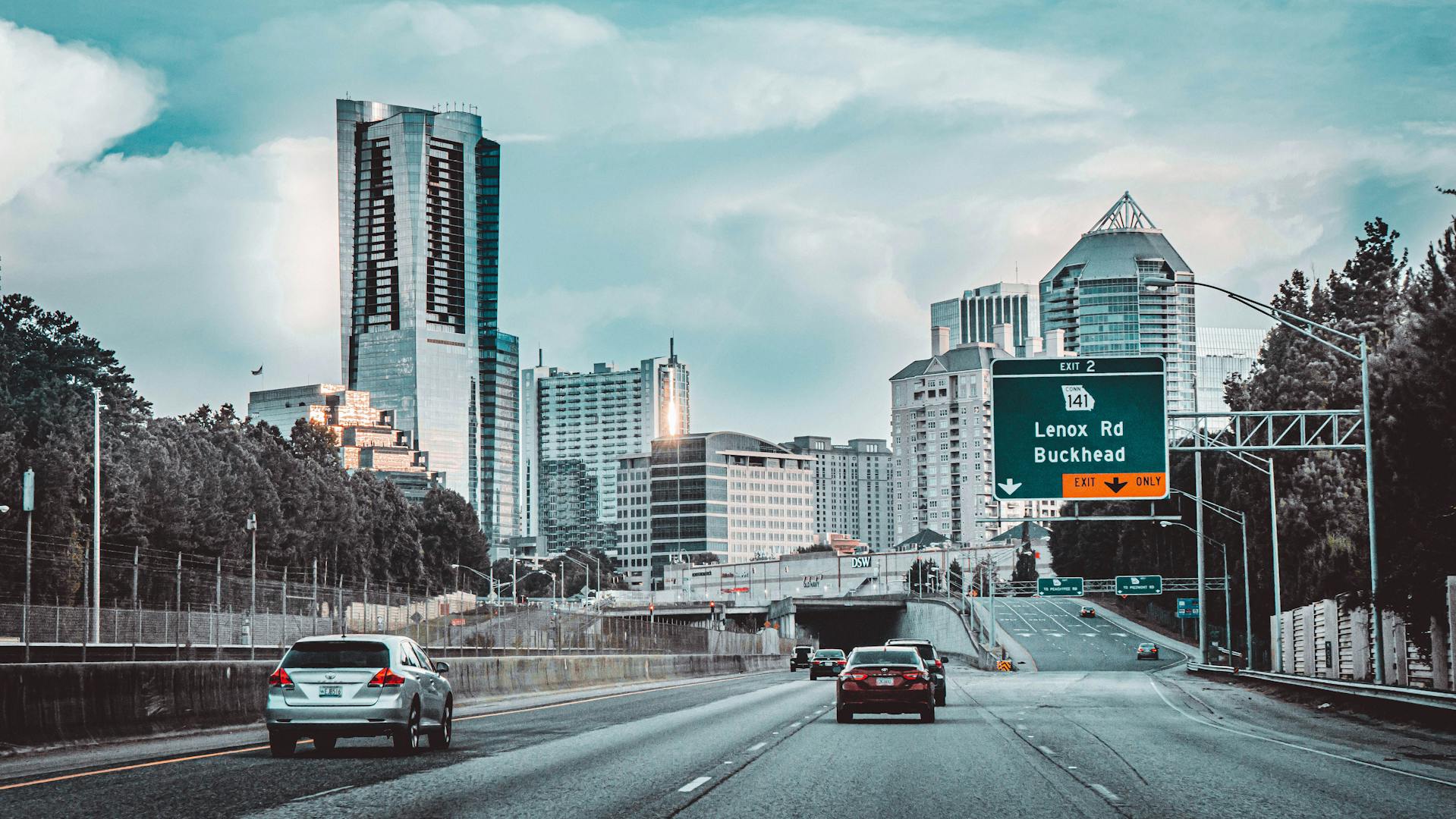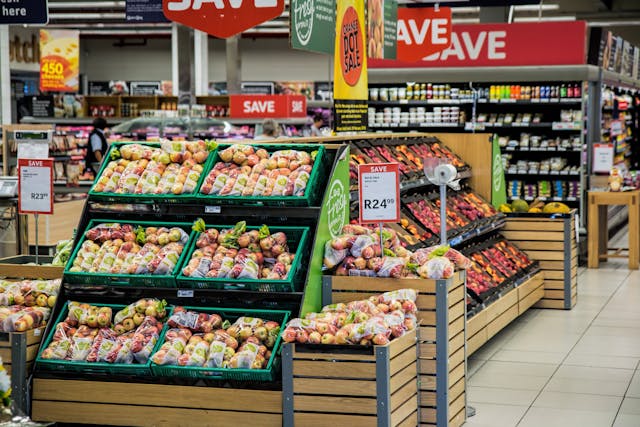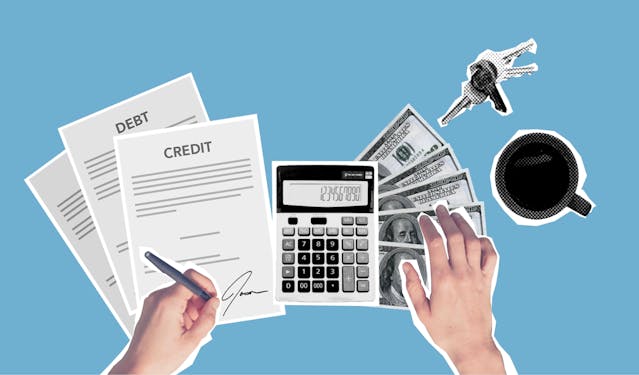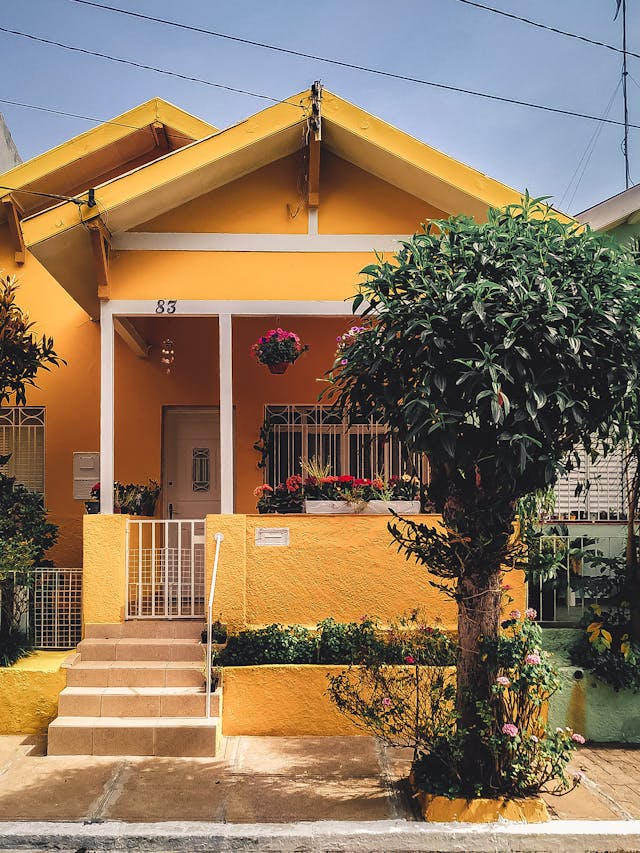When it comes to budgeting, there are various methods and approaches that businesses can use. One of the most effective and widely used methods is a flexible budget. A flexible budget is a budget that adjusts to changes in activity levels, allowing for more accurate budgeting and forecasting. In this article, we will explore the characteristics of a flexible budget and why it is an essential tool for businesses.
What is a Flexible Budget?
A flexible budget is a budget that adjusts to changes in activity levels. This means that as the level of activity changes, the budget will also change to reflect those changes. This is in contrast to a static budget, which remains the same regardless of changes in activity levels.
A flexible budget is also known as a variable budget, as it takes into account variable expenses that change with activity levels. These expenses are typically related to production or sales, such as materials, labor, and commissions.
Equip thy minds with the wisdom of coin and commerce With our recommended Financial Literacy for Young Adults. Venture forth to the Amazon marketplace, where the scrolls of financial literacy await thee! Join the quest for prosperity and enlightenment, and may thy coffers overflow with the treasures of knowledge.
Variable Expenses
One of the key characteristics of a flexible budget is its ability to account for variable expenses. Variable expenses are costs that change with the level of activity. For example, if a business produces more units, the cost of materials and labor will increase. In contrast, if the business produces fewer units, the cost of materials and labor will decrease.
A flexible budget takes into account these variable expenses and adjusts accordingly. This allows for more accurate budgeting and forecasting, as the budget will reflect the actual costs based on the level of activity.
Adjusts to Changes in Activity Levels
As mentioned earlier, a flexible budget adjusts to changes in activity levels. This means that as the level of activity increases or decreases, the budget will also change to reflect those changes.
For example, if a business experiences an increase in sales, the flexible budget will increase to account for the additional revenue and expenses related to the increase in sales. On the other hand, if the business experiences a decrease in sales, the flexible budget will decrease to reflect the decrease in revenue and expenses.
This characteristic of a flexible budget is crucial as it allows businesses to accurately budget and forecast based on their current level of activity. This is especially important for businesses that experience fluctuations in activity levels throughout the year.
Reflects Actual Costs
Another important characteristic of a flexible budget is its ability to reflect actual costs. As the budget adjusts to changes in activity levels, it will also reflect the actual costs based on those changes.
For example, if a business budgeted for 100 units but ended up producing 120 units, the flexible budget will reflect the actual costs of producing 120 units, rather than the budgeted costs for 100 units. This allows for more accurate budgeting and forecasting, as the budget will reflect the actual costs based on the level of activity.
Provides a Range of Budgeted Costs
A flexible budget provides a range of budgeted costs based on different levels of activity. This means that the budget will show the expected costs at different levels of activity, allowing businesses to see the impact of changes in activity on their budget.
For example, a flexible budget may show the expected costs at 80%, 100%, and 120% of the budgeted activity level. This allows businesses to see the impact of producing more or less than the budgeted amount and make adjustments accordingly.
Helps with Decision Making
One of the main benefits of a flexible budget is its ability to help with decision making. By providing a range of budgeted costs, businesses can see the impact of different levels of activity on their budget. This allows them to make informed decisions about production, sales, and other areas of the business.
For example, if a business sees that producing 120 units instead of 100 units will result in a significant increase in costs, they may decide to stick to the budgeted amount. On the other hand, if they see that producing 120 units will result in a minimal increase in costs, they may decide to increase production to meet the higher demand.

How to Create a Flexible Budget
Creating a flexible budget involves the following steps:
Check out our Top rated Budget planner pick from amazon or check out our Top Tablet Budget planner pick from amazon.
Step 1: Identify Variable Expenses
The first step in creating a flexible budget is to identify variable expenses. These are costs that change with the level of activity and include materials, labor, and commissions.
Step 2: Determine the Budgeted Amount for Each Variable Expense
Once you have identified the variable expenses, you need to determine the budgeted amount for each expense. This is the amount you expect to spend at the budgeted level of activity.
Step 3: Determine the Variable Cost per Unit
Next, you need to determine the variable cost per unit for each expense. This is the cost of each unit of production or sale, and it will vary based on the level of activity.
Step 4: Calculate the Budgeted Amount at Different Levels of Activity
Using the variable cost per unit, you can calculate the budgeted amount at different levels of activity. For example, if the budgeted level of activity is 100 units and the variable cost per unit is $10, the budgeted amount would be $1,000.
Step 5: Compare Actual Costs to Budgeted Costs
Finally, you can compare the actual costs to the budgeted costs at different levels of activity. This will allow you to see the impact of changes in activity on your budget and make adjustments accordingly.
Real-World Examples of Flexible Budgets
One real-world example of a flexible budget is a manufacturing company that produces different types of products. The company creates a flexible budget that adjusts to changes in production levels for each product. This allows them to accurately budget and forecast based on the actual production levels for each product.
Another example is a retail store that experiences fluctuations in sales throughout the year. By using a flexible budget, the store can adjust its budget to reflect the actual sales levels and make informed decisions about inventory and staffing.
Conclusion
In conclusion, a flexible budget has several key characteristics that make it an essential tool for businesses. By accounting for variable expenses, adjusting to changes in activity levels, reflecting actual costs, providing a range of budgeted costs, and helping with decision making, a flexible budget allows businesses to accurately budget and forecast based on their current level of activity. By following the steps outlined in this article, businesses can create a flexible budget that will help them achieve their financial goals.

